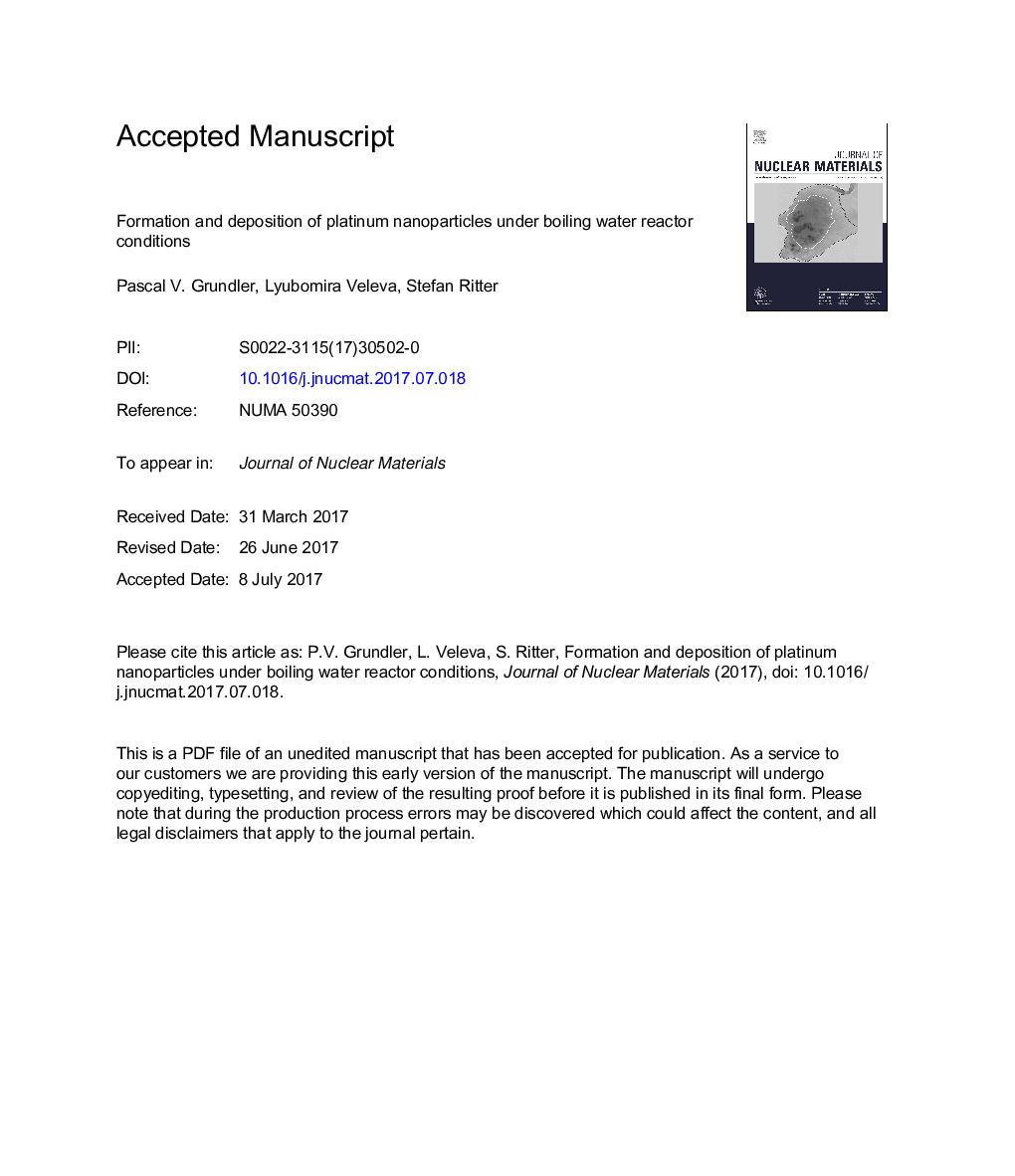| Article ID | Journal | Published Year | Pages | File Type |
|---|---|---|---|---|
| 5454062 | Journal of Nuclear Materials | 2017 | 29 Pages |
Abstract
Experiments in a sophisticated high-temperature water loop revealed that the flow conditions, water chemistry, the Pt injection rate, and the pre-conditioning of the stainless steel surfaces have an impact on the Pt deposition behaviour. Slower Pt injection rates and stoichiometric excess of H2 over O2 produce smaller particles, which may increase the efficiency of the OLNC technique in mitigating SCC. Surfaces with a well-developed oxide layer retain more Pt particles. Furthermore, the pre- and post-OLNC exposure times play an important role for the Pt deposition on specimens exposed at the KKL power plant. Redistribution of Pt in the plant takes place, but most of the Pt apparently does not redeposit on the steel surfaces in the reactor system. Comparison of lab and plant results also demonstrated that plant OLNC applications can be simulated reasonably well on the lab scale.
Keywords
Related Topics
Physical Sciences and Engineering
Energy
Nuclear Energy and Engineering
Authors
Pascal V. Grundler, Lyubomira Veleva, Stefan Ritter,
